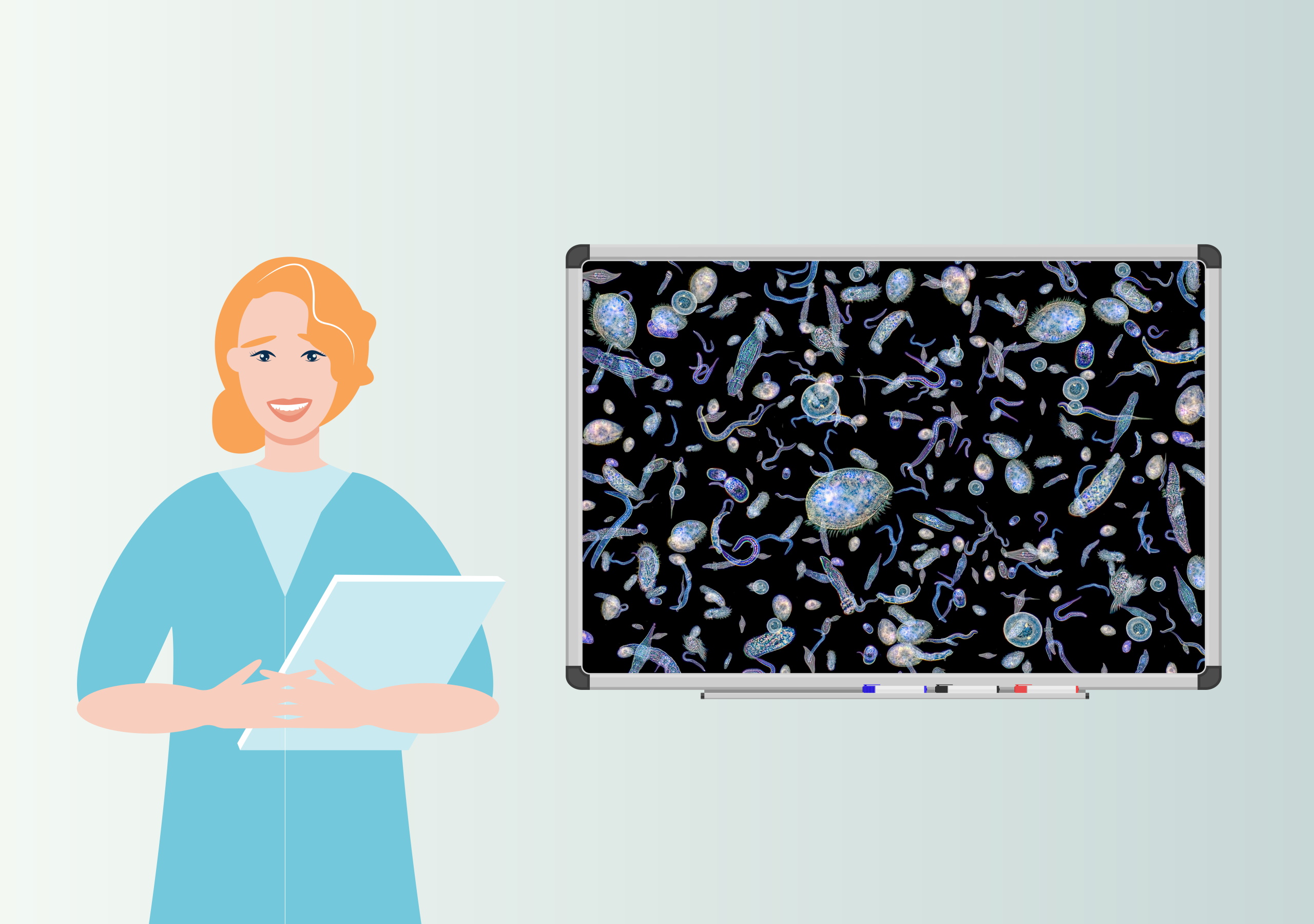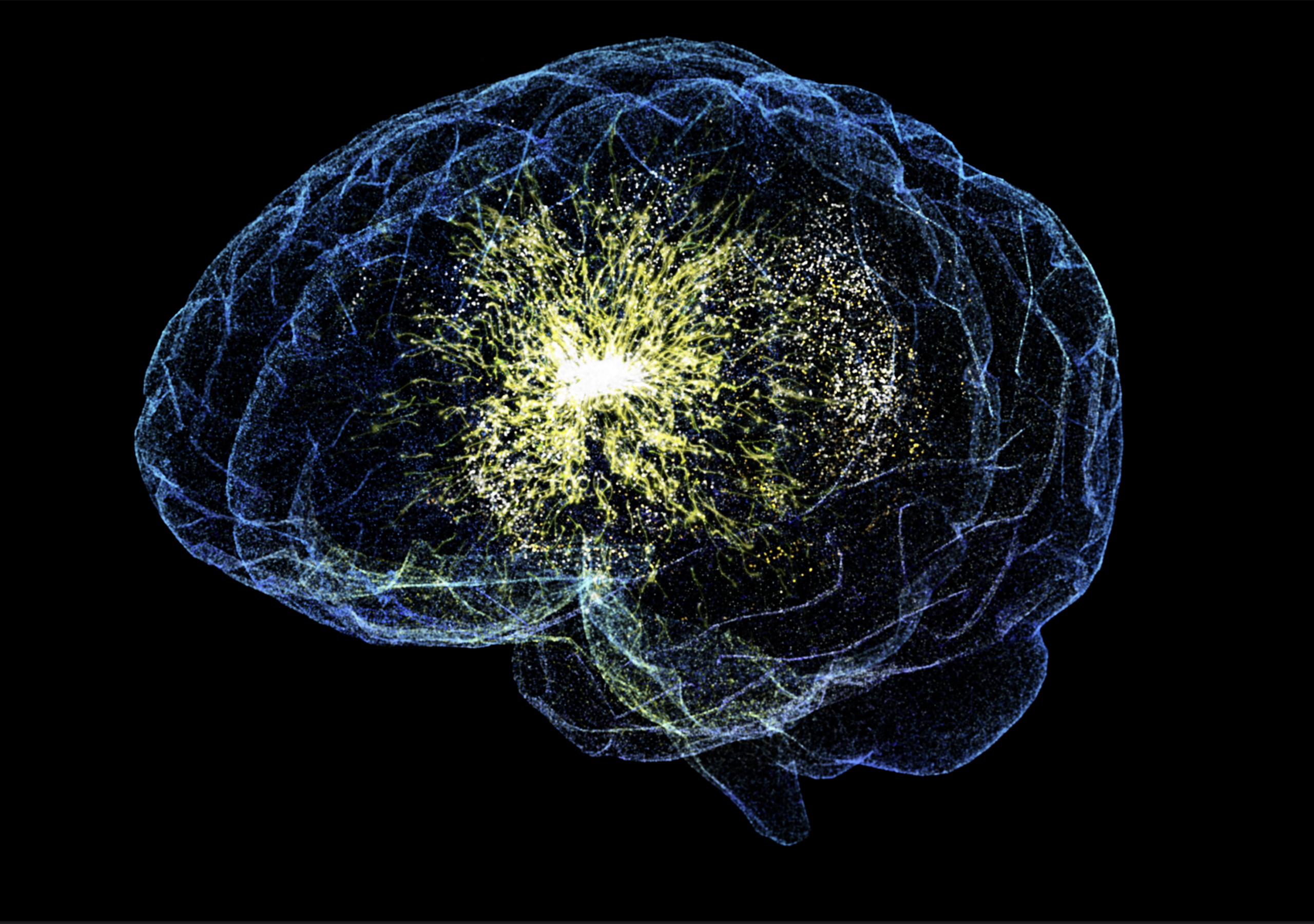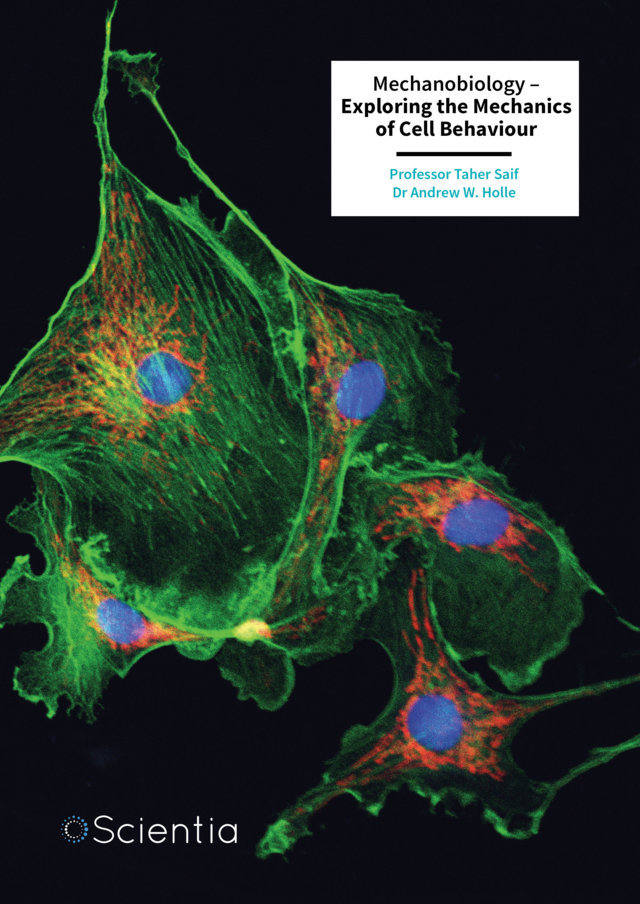In the future, doctors will be able to create tiny replicas of your tissues in the lab, and then test them against a range of drugs, revealing exactly which treatments would work best for you before you even visit a drug store. This future of personalised medicine is driven by researchers such as Dr. Robert Kass of the Columbia University Medical Center. Kass and colleagues have pioneered the use of stem cells to develop personalized treatments for a genetic heart condition that disrupts normal heart rhythms. The researchers reprogrammed a patient’s skin cells into stem cells called induced pluripotent stem cells (or iPSCs for short), and they then induced the iPSCs to turn into heart cells. This allowed the research team to study how genetic mutations in the resulting heart cells affect the heart’s ion channels. Their research revealed that a mutation in a specific sodium channel was causing dangerous heart rhythms and that combining the drug mexiletine with a pacemaker device to increase heart rate, provided an effective and personalised treatment. More
Long QT syndrome (or LQTS for short) is a heart condition involving an irregular heartbeat, or arrythmia, caused by differences in the heart’s electrical activity. These abnormal heart rhythms can be serious, and they increase the risk of sudden cardiac arrest. LQTS is typically caused by genetic mutations affecting ion channels. These channels are tiny gateways or openings present in the membrane of heart muscle cells. The channels control the flow of charged molecules, otherwise known as ions, such as sodium, potassium, and calcium ions. These ions help to generate electrical signals that keep heart muscle beating regularly. Mutations in genes underlying these channels can disrupt the delicate balance of ions flowing in and out of heart muscle cells, leading to LQTS.
Some LQTS patients can have several mutations, which makes the condition harder to treat. For example, the case in the current study involved an infant patient with two different genetic mutations affecting cardiac ion channels. One mutation was in the SCN5A gene, which controls sodium channels, and a second was in the KCNH2 gene, which controls potassium channels. This combination of mutations complicated the patient’s treatment, and they did not respond well to standard drug treatments.
Unfortunately, the effectiveness of standard drug treatments in LQTS can vary significantly, particularly in cases with multiple genetic mutations. In response, Dr. Kass and colleagues turned to an advanced approach—using iPSCs to recreate the patient’s heart cells in the lab and then test drug responses systematically and safely, without any risk or inconvenience for the patient.
iPSCs are usually created by taking normal cells, such as easily accessible skin cells, and reprogramming them into a stem cell state through genetic manipulation. Such stem cells are very useful for researchers because they can be induced to develop into any type of tissue in the body. In the current research, the researchers turned the patient’s skin cells into iPSCs, and then stimulated the iPSCs to become heart muscle cells, also known cardiomyocytes. As these cardiomyocytes ultimately derived from the patient’s own tissue, they allowed the researchers to create a replica of the patient’s heart cells in the lab, and then test potential LQTS treatments directly in the replica cells.
The researchers discovered that the primary cause of this patient’s LQTS was the SCN5A mutation, which affects sodium channels. In healthy heart tissue, sodium channels are carefully regulated, but the mutation in this instance caused the channels to stay open longer than normal, increasing the risk of arrhythmias.
Interestingly, the patient also had variants in the KCNH2 gene, which could affect cardiac potassium channels. However, this variant appeared to have little effect on the heartbeat or risk of arrhythmia, demonstrating the complexity of LQTS and the need for advanced therapeutic approaches.
Dr. Kass’s team then tested how different drugs affected the sodium channels in the iPSC-derived cardiomyocytes. They found that a drug which blocks sodium channels, called mexiletine, was modestly effective at preventing the sodium channels from remaining open for extended periods. The patient had undergone treatment with mexiletine previously, but it had only provided partial relief for their symptoms, which correlates with these results in the iPSC-derived cardiomyocytes.
The researchers then began trialling additional treatments with the cells, in an attempt to boost or surpass the effect of mexiletine. They combined mexiletine with a pacemaker treatment, which is a device that provides electrical stimulation to increase the heartbeat and help to make it more consistent. Such electrical stimulation can cause cardiomyocytes in a dish to beat faster, mirroring the clinical use of pacemaker devices in patients. They found that this pacemaker/ mexiletine combination worked better than mexiletine alone.
The researchers believe that this treatment synergy is caused by the fact that sodium channels naturally spend less time “open” when the heart beats faster, helping to overcome the excessive time that the channels stayed open because of the patient’s SCN5A mutation. This effect was further synergised by the action of mexiletine in blocking sodium channels.
This insight led to a new and highly personalised treatment strategy for the patient, whereby increasing their heart rate slightly using an implanted pacemaker and treating them with an altered dose of mexiletine led to the most effective control of their LQTS symptoms to date. This is the first time that this iPSC approach has been used to successfully identify and treat this mutation in a child.
This research demonstrates that iPSCs have the potential to spur a paradigm shift in medicine, particularly for patients with no available effective treatment options. Truly individualized treatment has the potential to unlock life-changing treatment efficacy with a reduced risk of treatment side effects. The approach is valid for a huge variety of disease states, not just LQTS, and could become relatively routine for many conditions, particularly as techniques for genetic testing and iPSC creation become more affordable and streamlined.
In conclusion, the research conducted by Dr. Robert Kass and his team showcases the power of iPSC technologies to enable personalized medicine in ways that were once unimaginable. By turning easily harvested skin cells into patient-specific heart cells, this suite of advanced techniques has paved the way for more targeted and effective treatments for genetic heart conditions such as LQTS.







